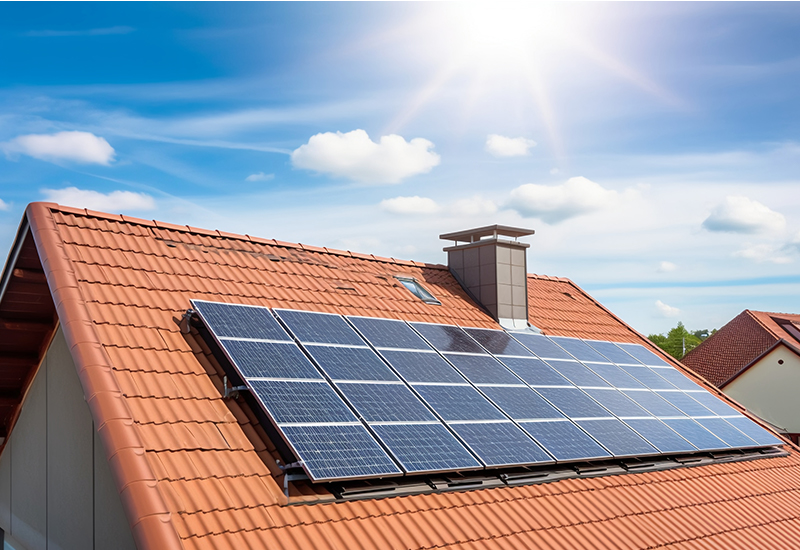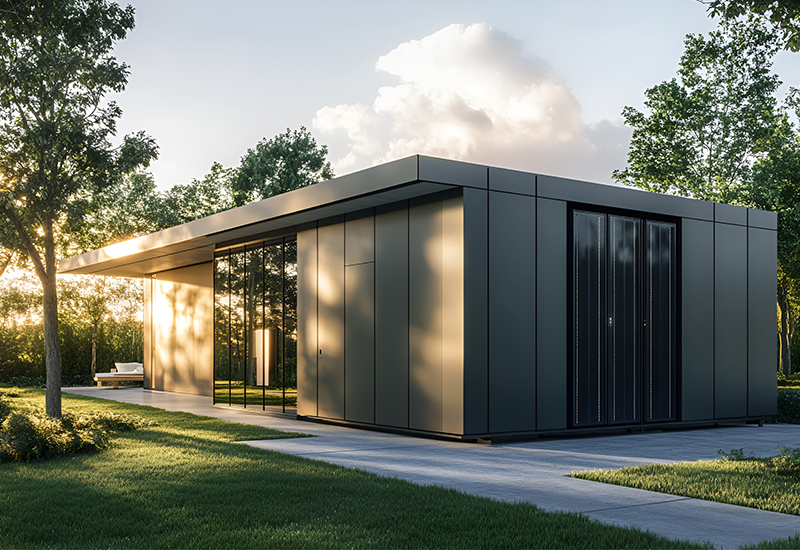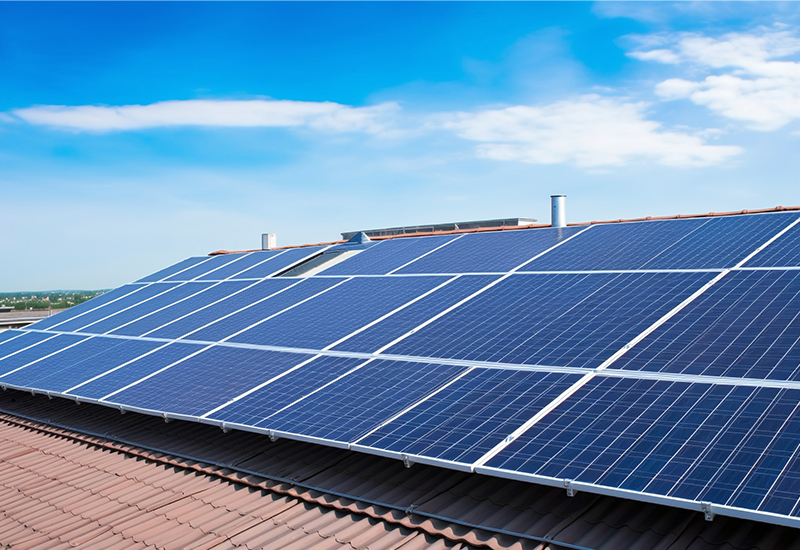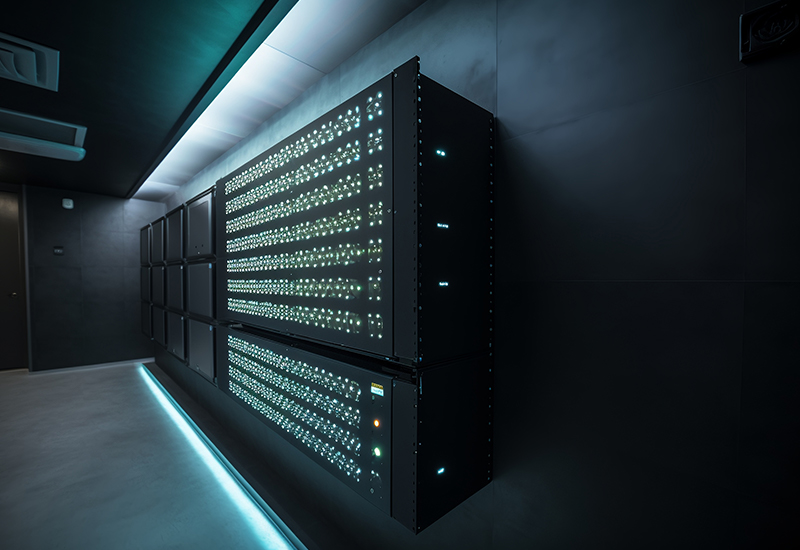Are you planning to set up a home energy storage system but feel overwhelmed by the technical details? From inverters and battery cells to wiring and protection boards, each component plays a critical role in ensuring efficiency and safety. Let’s break down the key factors to consider when selecting your system.

Step 1: Start with the Inverter
The inverter is the heart of your energy storage system, converting DC power from batteries to AC power for household use. Its power rating directly impacts performance and cost. To determine the right size, calculate your peak power demand.
Example:
If your peak usage includes a 2000W induction cooktop and an 800W electric kettle, the total power required is 2800W. Accounting for potential overrating in product specifications, opt for an inverter with at least 3kW capacity (or higher for a safety margin).
Input Voltage Matters:
Inverters operate at specific voltages (e.g., 12V, 24V, 48V), which dictate your battery bank’s voltage. Higher voltages (like 48V) reduce energy loss during conversion, improving overall efficiency. Choose based on your system’s scale and budget.

Step 2: Calculate Battery Bank Requirements
Once the inverter is selected, design your battery bank. For a 48V system, lithium iron phosphate (LiFePO4) batteries are a popular choice due to their safety and longevity. A 48V LiFePO4 battery typically consists of 16 cells in series (3.2V per cell).
Key Formula for Current Rating:
To avoid overheating, calculate the maximum working current using two methods:
1.Inverter-Based Calculation:
Current=Inverter Power (W)Input Voltage (V)×1.2 (safety factor)Current=Input Voltage (V)Inverter Power (W)×1.2(safety factor)
For a 5000W inverter at 48V:
500048×1.2≈125A485000×1.2≈125A
2.Cell-Based Calculation (More Conservative):
Current=Inverter Power (W)(Cell Count × Minimum Discharge Voltage)×1.2Current=(Cell Count × Minimum Discharge Voltage)Inverter Power (W)×1.2
For 16 cells at 2.5V discharge:
5000(16×2.5)×1.2≈150A(16×2.5)5000×1.2≈150A
Recommendation: Use the second method for higher safety margins.

Step 3: Select Wiring and Protection Components
Cables and Busbars:
- Output Cables: For 150A current, use 18 sq.mm copper wire (rated at 8A/mm²).
- Inter-cell Connectors: Opt for 25 sq.mm copper-aluminum composite busbars (rated at 6A/mm²).
Protection Board (BMS):
Choose a 150A-rated battery management system (BMS). Ensure it specifies continuous current capacity, not peak current. For multi-battery setups, select a BMS with parallel current-limiting functions or add an external parallel module to balance loads.
Step 4: Parallel Battery Systems
Home energy storage often requires multiple battery banks in parallel. Use certified parallel modules or BMS with built-in balancing to prevent uneven charging/discharging. Avoid connecting mismatched batteries to extend lifespan.

Final Tips
- Prioritize LiFePO4 cells for safety and cycle life.
- Verify certifications (e.g., UL, CE) for all components.
- Consult professionals for complex installations.
By aligning your inverter, battery bank, and protection components, you’ll build a reliable, efficient home energy storage system. For a deeper dive, check out our detailed video guide on optimizing lithium battery setups!
Post time: May-21-2025





